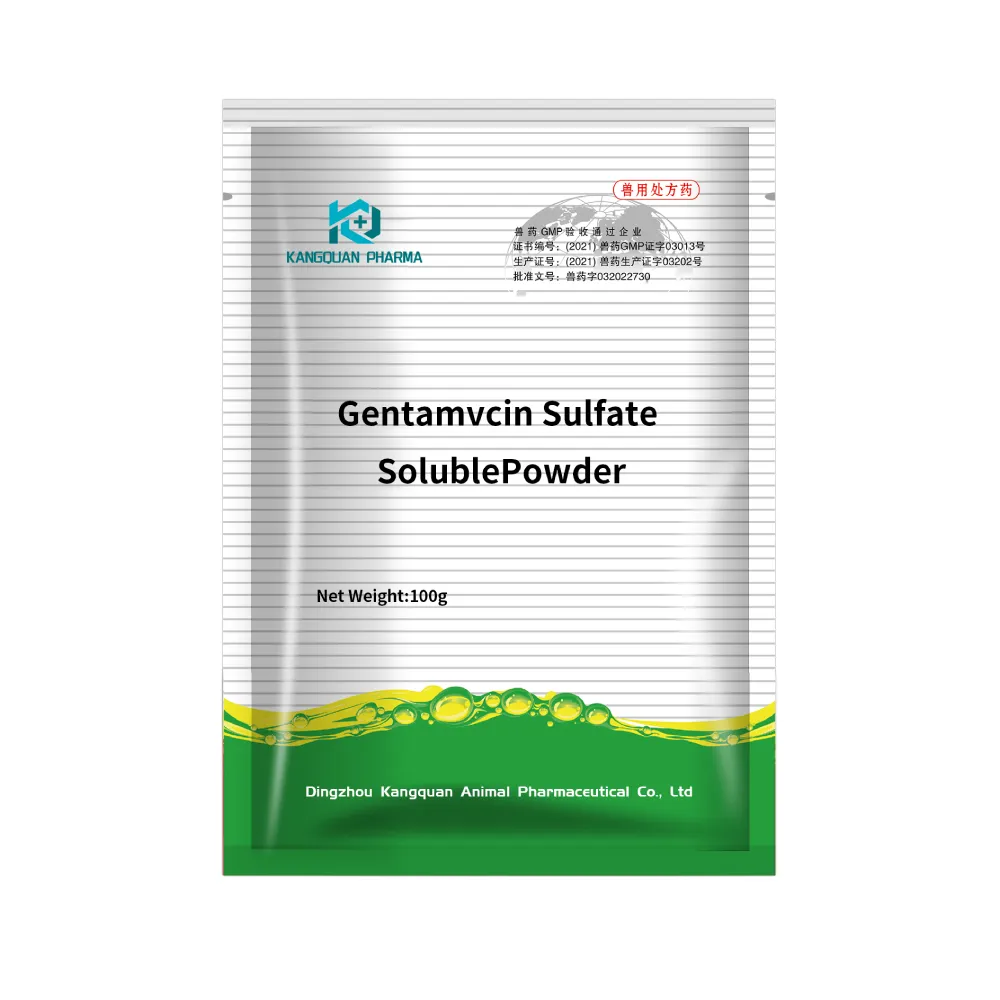- Afrikaans
- Albanian
- Amharic
- Arabic
- Armenian
- Azerbaijani
- Basque
- Belarusian
- Bengali
- Bosnian
- Bulgarian
- Catalan
- Cebuano
- Corsican
- Croatian
- Czech
- Danish
- Dutch
- English
- Esperanto
- Estonian
- Finnish
- French
- Frisian
- Galician
- Georgian
- German
- Greek
- Gujarati
- Haitian Creole
- hausa
- hawaiian
- Hebrew
- Hindi
- Miao
- Hungarian
- Icelandic
- igbo
- Indonesian
- irish
- Italian
- Japanese
- Javanese
- Kannada
- kazakh
- Khmer
- Rwandese
- Korean
- Kurdish
- Kyrgyz
- Lao
- Latin
- Latvian
- Lithuanian
- Luxembourgish
- Macedonian
- Malgashi
- Malay
- Malayalam
- Maltese
- Maori
- Marathi
- Mongolian
- Myanmar
- Nepali
- Norwegian
- Norwegian
- Occitan
- Pashto
- Persian
- Polish
- Portuguese
- Punjabi
- Romanian
- Russian
- Samoan
- Scottish Gaelic
- Serbian
- Sesotho
- Shona
- Sindhi
- Sinhala
- Slovak
- Slovenian
- Somali
- Spanish
- Sundanese
- Swahili
- Swedish
- Tagalog
- Tajik
- Tamil
- Tatar
- Telugu
- Thai
- Turkish
- Turkmen
- Ukrainian
- Urdu
- Uighur
- Uzbek
- Vietnamese
- Welsh
- Bantu
- Yiddish
- Yoruba
- Zulu
Nov . 09, 2024 06:33 Back to list
Effects and Applications of Guna Gentamicin Sulfate in Clinical Settings
Gentamicin Sulfate An Overview
Gentamicin sulfate is an aminoglycoside antibiotic that has been widely used in the medical field for the treatment of various bacterial infections. It was first discovered in the late 1960s and has since become a staple in antibiotic therapy, particularly for serious infections caused by gram-negative bacteria. This article will delve into the properties, applications, side effects, and resistance issues related to gentamicin sulfate.
Chemical Properties and Mechanism of Action
Gentamicin is derived from the bacterium Micromonospora purpurea. It is a water-soluble compound that is usually administered as its sulfate salt form for better solubility and stability. The drug acts by binding to the bacterial ribosome, specifically the 30S subunit, inhibiting protein synthesis. This disruption prevents bacteria from growing and reproducing, eventually leading to cell death. Gentamicin is especially effective against aerobic gram-negative bacteria, such as Escherichia coli, Pseudomonas aeruginosa, and Klebsiella species.
Clinical Uses
Gentamicin sulfate is used to treat a variety of infections, particularly in cases where the causative organism is known or suspected to be resistant to other antibiotics. Some common clinical applications of gentamicin include
1. Sepsis It is often used in critically ill patients suspected of having sepsis, especially when rapid treatment is essential. 2. Urinary Tract Infections (UTIs) Gentamicin is sometimes utilized for complicated UTIs caused by susceptible organisms, especially in cases where oral antibiotics are ineffective. 3. Intra-abdominal Infections Its broad-spectrum activity makes it suitable for treating mixed infections in the abdominal cavity. 4. Bacterial Endocarditis Gentamicin may be used in combination with other antibiotics to treat this serious heart infection.
The choice to use gentamicin sulfate is often based on its effectiveness and the culture and sensitivity results of the infecting organism. In some cases, it may be used in combination with other antibiotics to enhance therapeutic efficacy and minimize the development of resistance.
Dosage and Administration
guna gentamicin sulfate

Gentamicin can be administered via various routes, including intramuscular, intravenous, and topical applications. Dosage levels depend on several factors, including the severity of the infection, the age and weight of the patient, and renal function. Due to its potential nephrotoxicity and ototoxicity, monitoring of serum drug levels is essential to manage dosing effectively and prevent toxicity.
Side Effects and Toxicity
While gentamicin is effective, it is not devoid of side effects. Common adverse effects include
- Nephrotoxicity Gentamicin can cause damage to the kidneys, especially with prolonged use or in patients with pre-existing kidney conditions. - Ototoxicity High levels of the drug can lead to hearing loss and balance disorders due to damage to the hair cells in the inner ear. - Allergic Reactions Though rare, some individuals may experience allergic reactions, including rash and anaphylaxis.
Regular monitoring of kidney function and hearing is critical in patients receiving gentamicin, particularly in older adults and those with compromised renal function.
Resistance Issues
The emergence of antibiotic resistance remains a significant challenge in modern medicine, and gentamicin is not immune to this issue. Some bacterial strains have developed mechanisms to resist the effects of aminoglycosides, including enzymatic modification of the drug and alteration of the target ribosomal structure. This resistance underscores the importance of using gentamicin judiciously and in conjunction with other suitable antibiotics.
Conclusion
Gentamicin sulfate is a powerful antibiotic that plays a crucial role in treating serious bacterial infections. Its wide range of applications, coupled with its specific mechanism of action against gram-negative bacteria, makes it a valuable tool in the healthcare provider’s arsenal. However, careful consideration must be given to its potential side effects and the growing issue of antibiotic resistance. As the landscape of bacterial infections evolves, ongoing research and monitoring will be vital in ensuring gentamicin remains a safe and effective treatment option.
-
Guide to Oxytetracycline Injection
NewsMar.27,2025
-
Guide to Colistin Sulphate
NewsMar.27,2025
-
Gentamicin Sulfate: Uses, Price, And Key Information
NewsMar.27,2025
-
Enrofloxacin Injection: Uses, Price, And Supplier Information
NewsMar.27,2025
-
Dexamethasone Sodium Phosphate Injection: Uses, Price, And Key Information
NewsMar.27,2025
-
Albendazole Tablet: Uses, Dosage, Cost, And Key Information
NewsMar.27,2025













